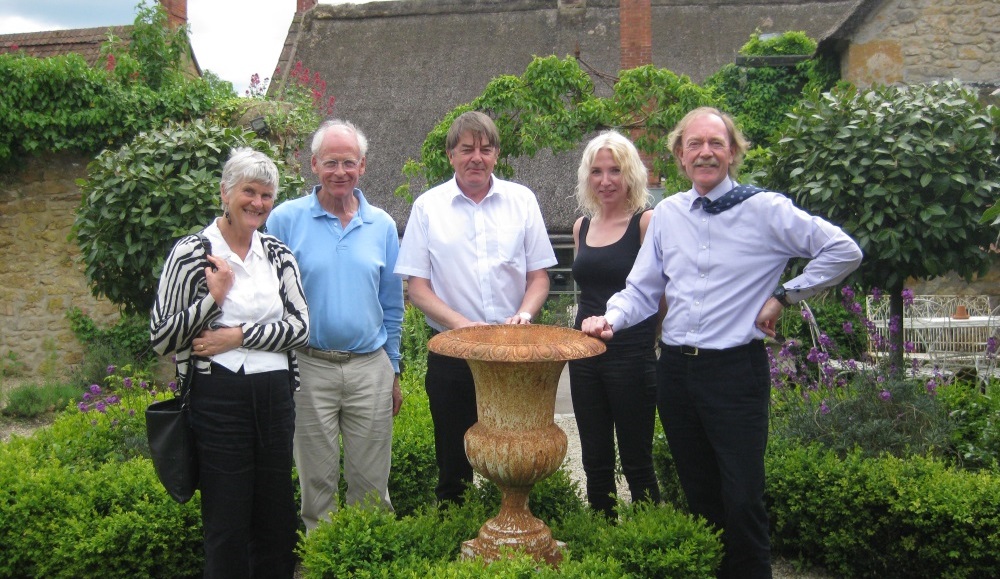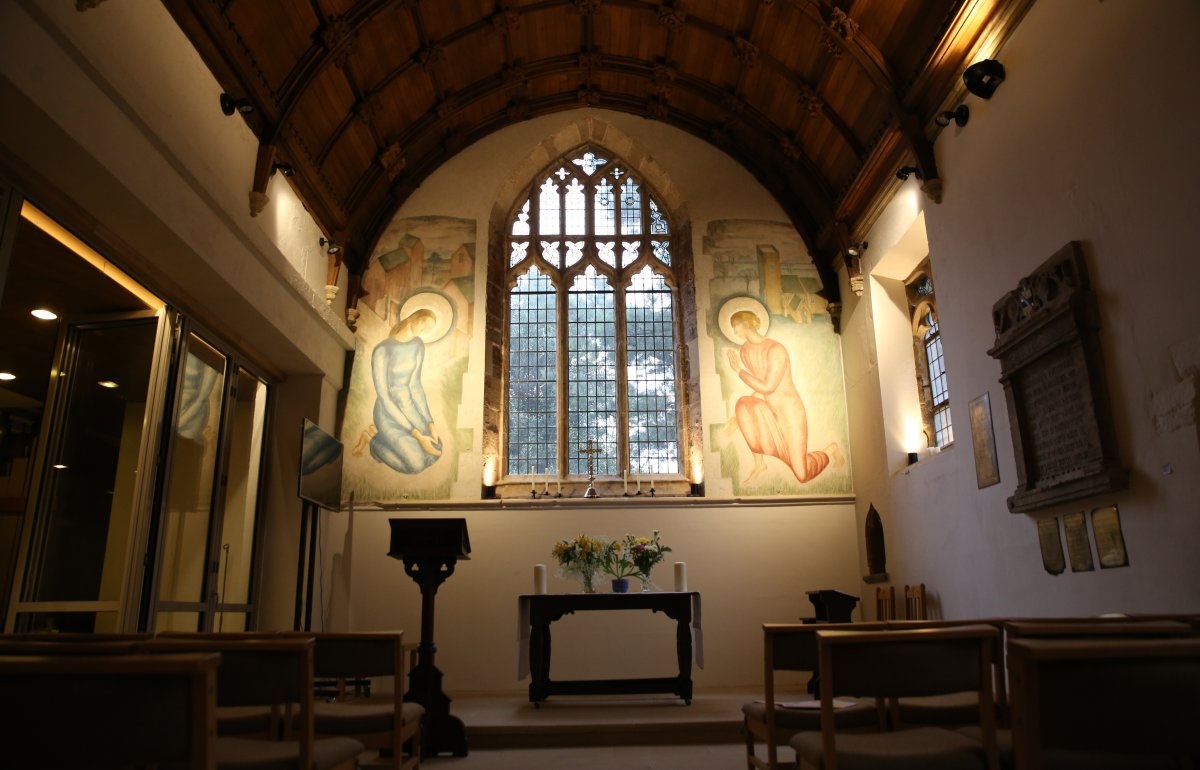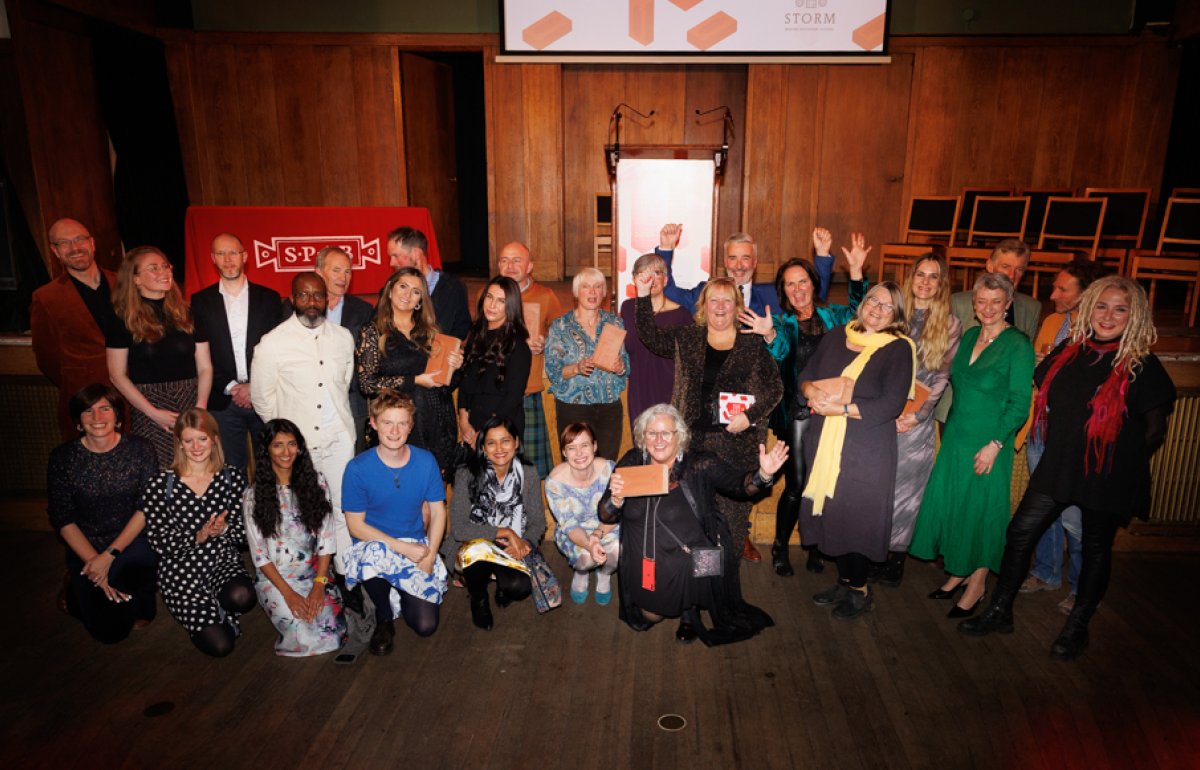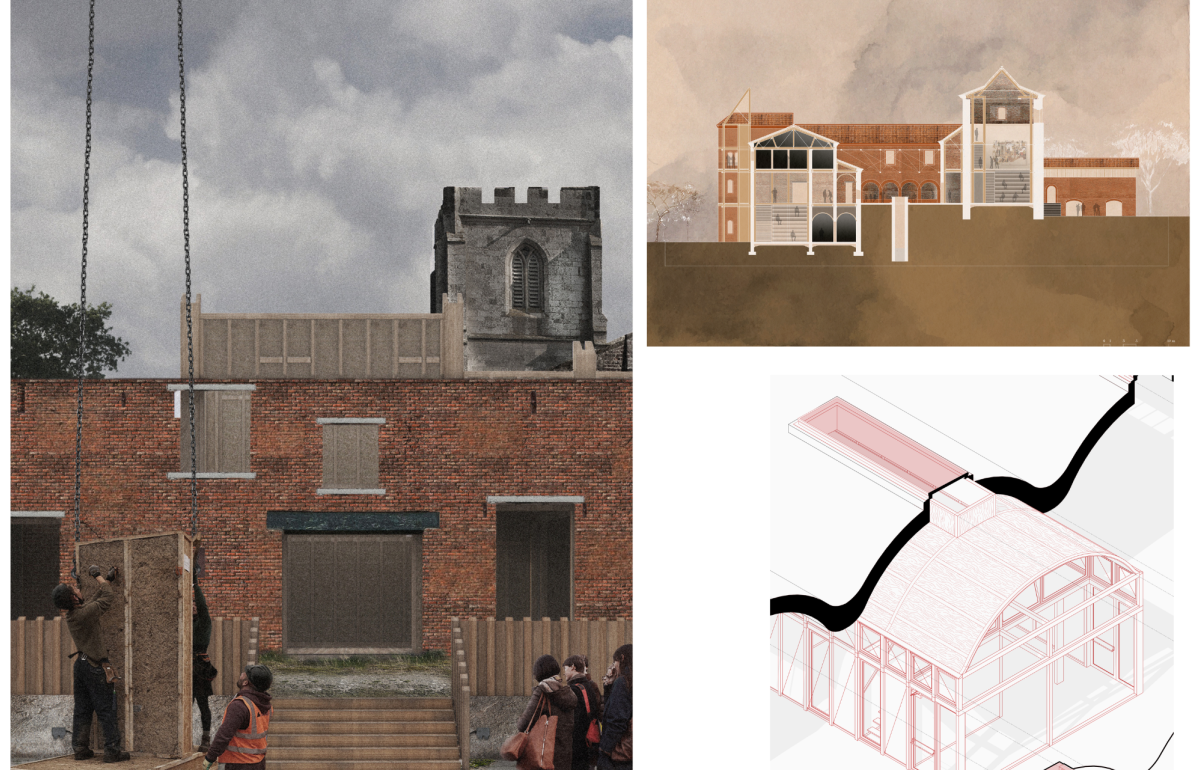The John Betjeman Award: the judges’ perspective
Share on:
By Roger Mears and Stephen Scammell
We both started volunteering for the SPAB as members of a committee in 1996, having worked together – as an architect and quantity surveyor - on a number of conservation projects. When the opportunity arose to join as members of the John Betjeman Award (JBA) jury in 1997 we both volunteered, not knowing to what amazing experiences this would lead. To our surprise and pleasure we were appointed as JBA judges for 16 years with the third member of the panel changing from year to year.

Each year the judges would meet at SPAB HQ in Spital Square, London to review the JBA entries and agree a shortlist for visits. Over the years, we developed and refined the criteria for the Award, but were always also looking for a finished result that warmed our hearts. In the early years a lot of entries were for stonework repairs but, in time, the submissions were a much more varied. Winning projects ranged from monuments to medieval timber roofs, and from a cast iron window to the rediscovery and conservation of wall paintings. Commendations were occasionally given where an exemplary piece of work was nonetheless overshadowed by the eventual winner. But there were four years when we did not consider that any of the entries merited shortlisting and one year when we decided, after visiting all projects on the shortlist, that none warranted an award. If my memory serves me correctly, that was the year when we saw some bags of cement leaning against a wall inside one of the churches…
Sadly, most of the entries were from the southern half of England, with only the occasional one from further north, or in Wales. After shortlisting, Stephen and I would agree a route and timetable for the visits. Steve is known for his addiction to fast cars, so he did the driving and I, the navigation.
For our last two years as judges – 2014 and 2015 – the panel increased to five members and architect Britt Harwood took over the driving (see photo above). in 2015 we went to a church in most surprising circumstances. We had started out on the Isle of Wight, visiting five churches in two days. Arriving outside Nottingham on the second day we were directed through a Sixties housing estate, the road ending in front of a most unprepossessing modern building. Our hearts sank!
However, we explored and found that this building was an abominable 1970s extension to a fine 650-year-old church. In order to increase its capacity its axis had been turned north-south by demolishing the north wall of the chancel and putting the altar on its south wall. A false ceiling had been installed, the east window had been blocked up and the walls either side of it had been covered with emulsion paint. Between 2000 and 2014 the church had, with much involvement from the community and making the most of educational opportunities, been slowly returned to its east-west orientation.

To the parish’s great joy, an Annunciation Scene painted by war artist Evelyn Gibbs in 1946 was discovered on the east wall. The upper two thirds of the two figures, which had been hidden above the false ceiling, had survived, suffering only a small amount of damage and minor vandalism. They were minimally and skilfully conserved. However, it had proved impossible to remove the matt emulsion from the lower thirds, so these areas were re-created over the emulsion. The effect of this 20th-century painting within the 14th-century church was uplifting. We came away with our hearts singing.
We're here to help buildings and the people who care for them. To support our work, become a member today or make a donation online.
Sign up for our email newsletter
Get involved



